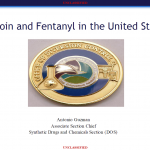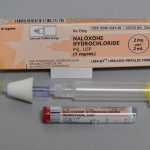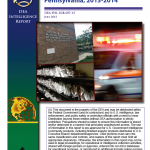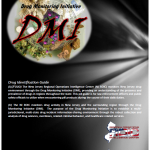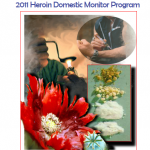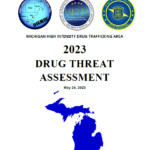
The threat from the production, use, and trafficking of illegal drugs throughout the State of Michigan continues to be of great concern. In 2022, the demand and availability of some commonly used drugs increased while others slightly decreased compared to 2021. Also, several drugs showed an increase in use, while others showed a slight decrease throughout the state during the 2022 reporting period. According to drug teams’ survey responses on the most significant threat in their area of responsibility (AOR), as well as contributing factors such as availability and seizures, the drug threat ranking has remained the same from the previous reporting period.

